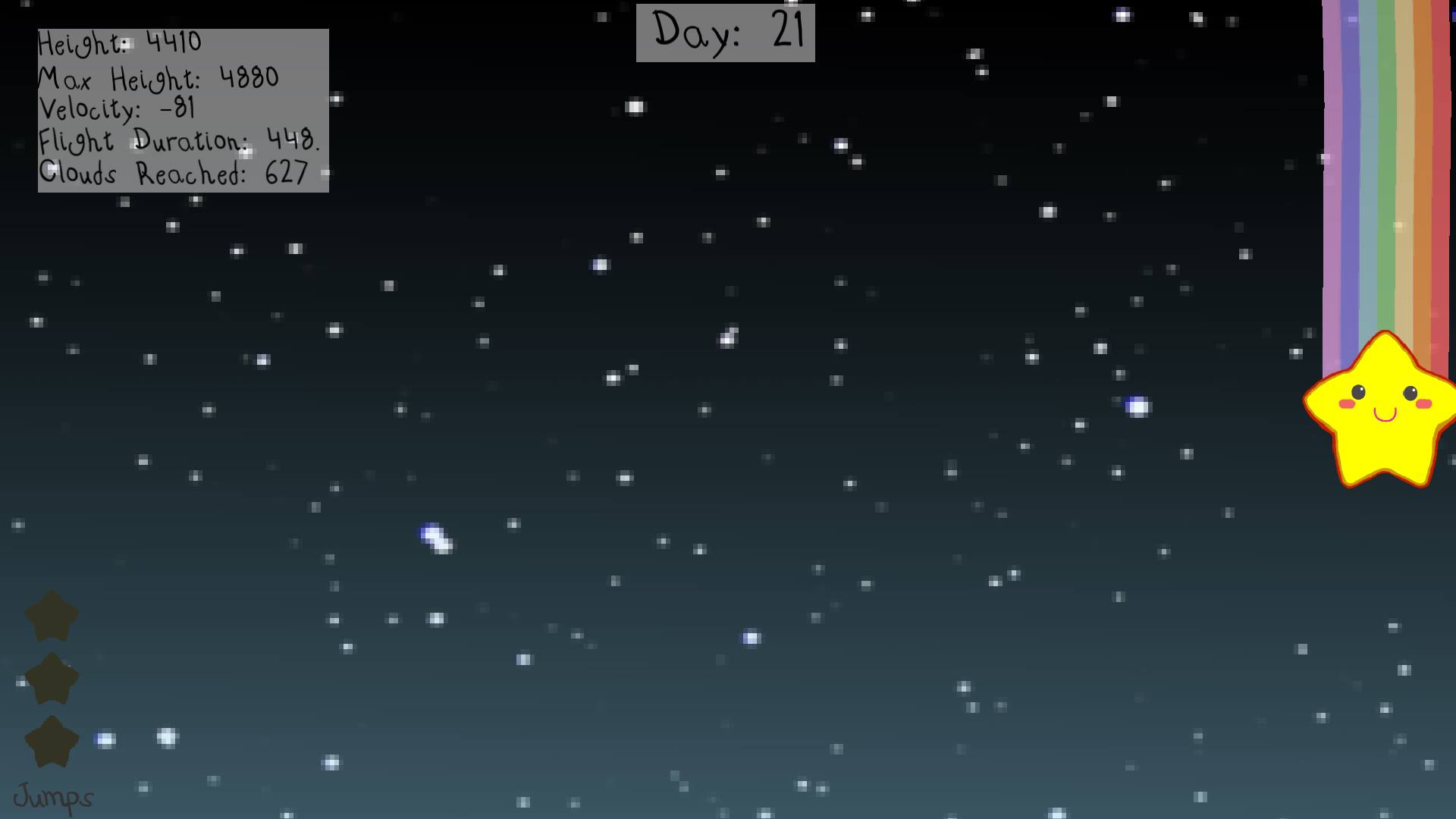
Meanwhile, Etana, distraught that he has been unable to produce an heir, approaches Shamash, asking his help to find the magical “plant of birth” that his wife may conceive. The serpent in his grief complains to Shamash, who counsels him to trap the eagle while it is feasting on prey, then cut its feathers and imprison it in a pit. However, one day while the serpent is out hunting, the eagle betrays their trust and eats the snake’s young. The two become friends, swearing an oath before Shamash the sun-god to share their prey with their young. In the beginning an eagle and serpent inhabit a tall poplar tree-the eagle nesting in its branches and the serpent in its roots.

His adventure to the heavens on the back of an eagle clearly recalls the shaman’s flight to the upperworld: It’s protagonist, Etana, was a historical figure, one of the earliest kings of the city of Kish in Sumeria. The earliest literary account of a mystical ascent through the heavens is the Sumerian Epic of Etana, recorded around the 3rd millennium BCE. Shamanic lore also speaks of visionary ascents to the “upperworld”– the heavenly realm–where the shaman communed with god and the celestial spirits, receiving prophecies and healing remedies.

These were compared to shamanistic narratives of journeys to the land of the dead to retrieve souls as well as undergo initiation ordeals. In previous posts we discussed the myths of Inanna and Orpheus which feature descents to the underworld.


 0 kommentar(er)
0 kommentar(er)
